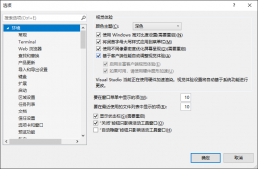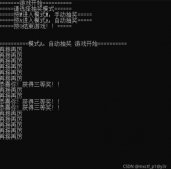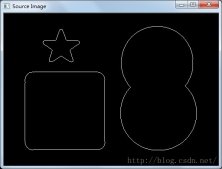1、原因:
在实现多态时, 当用基类指针操作派生类, 在析构时候防止只析构基类而不析构派生类。
2、例子:
(1)、
|
1
2
3
4
5
6
7
8
9
10
11
12
13
14
15
16
17
18
19
20
21
22
23
24
25
|
#include<iostream>using namespace std;class Base{public: Base() {}; ~Base() {cout << "Output from the destructor of class Base!" << endl;}; void DoSomething() { cout << "Do something in class Base!" << endl; };};class Derived : public Base{public: Derived() {}; ~Derived() { cout << "Output from the destructor of class Derived!" << endl; }; void DoSomething() { cout << "Do something in class Derived!" << endl; };};int main(){ Derived* p = new Derived; p->DoSomething(); delete p; return 0; } |
运行结果:
Do something in class Derived!
Output from the destructor of class Derived!
Output from the destructor of class Base!
代码中基类的析构函数不是虚函数,在main函数中用继承类的指针去操作继承类的成员,释放指针P的过程是:先释放继承类的资源,再释放基类资源。
(2)、
|
1
2
3
4
5
6
7
8
9
10
11
12
13
14
15
16
17
18
19
20
21
22
23
24
|
#include<iostream>using namespace std;class Base{public: Base() {}; ~Base() {cout << "Output from the destructor of class Base!" << endl;}; void DoSomething() { cout << "Do something in class Base!" << endl; };};class Derived : public Base{public: Derived() {}; ~Derived() { cout << "Output from the destructor of class Derived!" << endl; }; void DoSomething() { cout << "Do something in class Derived!" << endl; };};int main(){ Base* p = new Derived; p->DoSomething(); delete p; return 0; } |
运行结果:
Do something in class ClxBase!
Output from the destructor of class ClxBase!
代码中基类的析构函数同样不是虚函数,不同的是在main函数中用基类的指针去操作继承类的成员,释放指针P的过程是:只释放基类的资源,而没有调用继承类的析构函数。 调用DoSomething()函数执行的也是基类定义的函数。
一般情况下,这样的删除只能够删除基类对象,而不能删除子类对象,形成了删除一半形象,造成内存泄漏。
在公有继承中,基类对派生类及其对象的操作,只能影响到那些从基类继承下来的成员。如果想要用基类对非继承成员进行操作,则要把基类的这个函数定义为虚函数。 析构函数自然也应该如此:如果它想析构子类中的重新定义或新的成员及对象,当然也应该声明为虚的。
(3)、
|
1
2
3
4
5
6
7
8
9
10
11
12
13
14
15
16
17
18
19
20
21
22
23
24
|
#include<iostream>using namespace std;class Base{public: Base() {}; virtual ~Base() {cout << "Output from the destructor of class Base!" << endl;}; virtual void DoSomething() { cout << "Do something in class Base!" << endl; };};class Derived : public Base{public: Derived() {}; ~Derived() { cout << "Output from the destructor of class Derived!" << endl; }; void DoSomething() { cout << "Do something in class Derived!" << endl; };};int main(){ Base* p = new Derived; p->DoSomething(); delete p; return 0; } |
运行结果:
Do something in class ClxDerived!
Output from the destructor of class ClxDerived!
Output from the destructor of class ClxBase!
代码中基类的析构函数被定义为虚函数,在main函数中用基类的指针去操作继承类的成员,释放指针P的过程是:释放了继承类的资源,再调用基类的析构函数。调用DoSomething()函数执行的也是继承类定义的函数。
3、总结:
基类指针可以指向派生类的对象(多态性),如果删除该指针delete p;就会调用该指针指向的派生类析构函数,而派生类的析构函数又自动调用基类的析构函数,这样整个派生类的对象完全被释放。如果析构函数不被声明成虚函数,则编译器实施静态绑定,在删除基类指针时,只会调用基类的析构函数而不调用派生类析构函数,这样就会造成派生类对象析构不完全。所以,将析构函数声明为虚函数是十分必要的。














